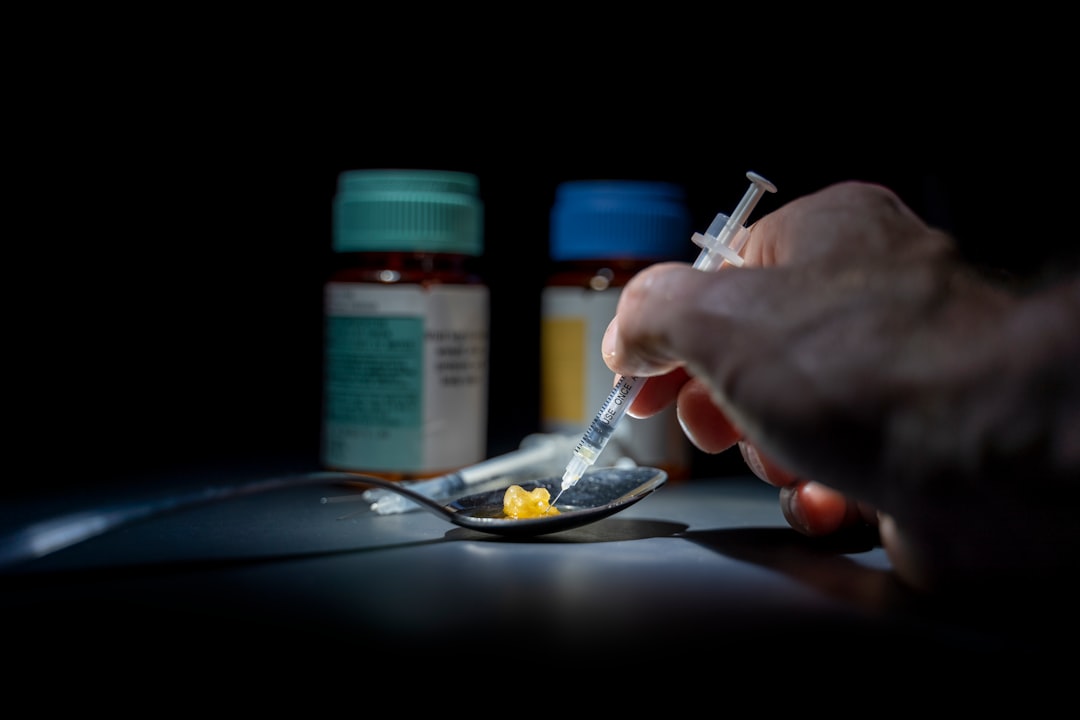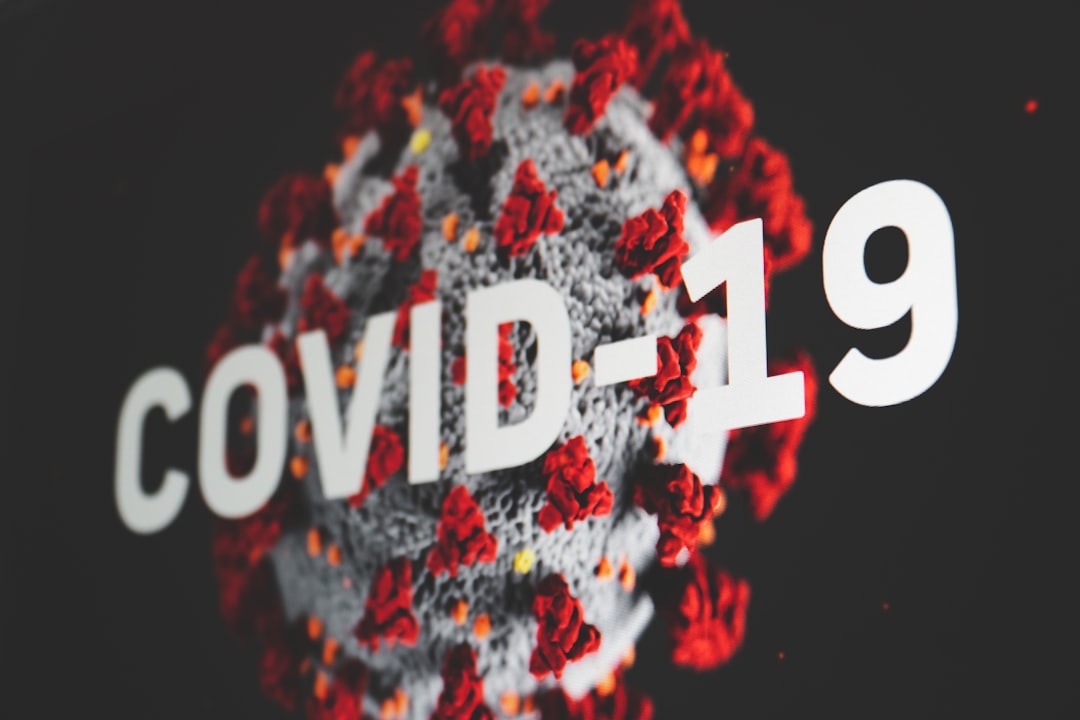What is it about?
This was the first controlled trial of median nerve stimulation for treatment of tics. It was also the first replication of results originally reported by Barbara Morera Maiquez and colleagues from the Stephen Jackson lab in Nottingham [1]. We tested an important hypothesis about how MNS was thought to work for tics. ___________________________ [1] Morera Maiquez, B.; Sigurdsson, H.P.; Dyke, K.; Clarke, E.; McGrath, P.; Pasche, M.; Rajendran, A.; Jackson, G.M.; Jackson, S.R. Entraining movement-related brain oscillations to suppress tics in Tourette syndrome. Curr. Biol. 2020, 30, 2334–2342.e2333. doi: 10.1016/j.cub.2020.04.044
Featured Image

Photo by Belinda Fewings on Unsplash
Why is it important?
Since arrhythmic stimulation produced essentially the same clinical benefit as rhythmic stimulation, it can't be working the way we thought; namely, driving synchronized activity in the movement-controlling part of the brain's surface at a frequency that usually comes with decreased movement, and changing brain signaling with the messenger called GABA. That's because only rhythmic stimulation does those two things, not arrhythmic. We do not know why we found these results. We speculate that perhaps tics reflect pathological firing patterns in relevant brain networks, and that MNS, whether rhythmic or arrhythmic, disrupts this abnormal firing pattern. Another possibility may be that the TS brain expects a particular kind and amount of input to the primary somatosensory cortex (S1) that is usually supplied by feedback from tics or intentional movements. In this scenario, the input MNS provides to S1 may decrease both the urge to tic and tic severity. These are not the only possibilities. A placebo response is also a possible explanation. However, these were patients who on average had longstanding, severe tics with several previous unsuccessful medication trials, yet several of these participants responded dramatically to median nerve stimulation, as had some of the participants in the study by Morera Maiquez and colleagues. A control condition other than arrhythmic stimulation may reveal differential efficacy for the active treatment arm, demonstrating a benefit not explained by a placebo effect. In fact, a recent early report from Nottingham showed significantly better (and clinically meaningful) improvement for tics with a home wristwatch-style stimulation device [2]. ___________________________ [2] Barbara Morera Maiquez, Caitlin Smith, Katherine Dyke, Chia-Ping Chou, Belinda Kasbia, Ciara McCready, Hannah Wright, Jessica K. Jackson, Isabel Farr, Erika Badinger, Georgina M. Jackson, Stephen R. Jackson. A double-blind, sham-controlled, trial of home-administered rhythmic 10Hz median nerve stimulation for the reduction of tics, and suppression of the urge-to-tic, in individuals with Tourette syndrome and chronic tic disorder. medRxiv 2023.03.06.23286799. doi: 10.1101/2023.03.06.23286799
Perspectives
I'm proud of this work. It directly answers a scientific question, it gives valuable scientific information on a potential new treatment for TS, we recruited the full planned sample in about 1 year on a very small budget, and we did it right, operating under a pre-published protocol with careful blinding so the participants and raters didn't know what kind of stimulation they were getting on a given day.
Dr Kevin J. Black
Washington University in St. Louis
Read the Original
This page is a summary of: Median Nerve Stimulation for Treatment of Tics: Randomized, Controlled, Crossover Trial, Journal of Clinical Medicine, March 2023, MDPI AG,
DOI: 10.3390/jcm12072514.
You can read the full text:
Contributors
The following have contributed to this page










